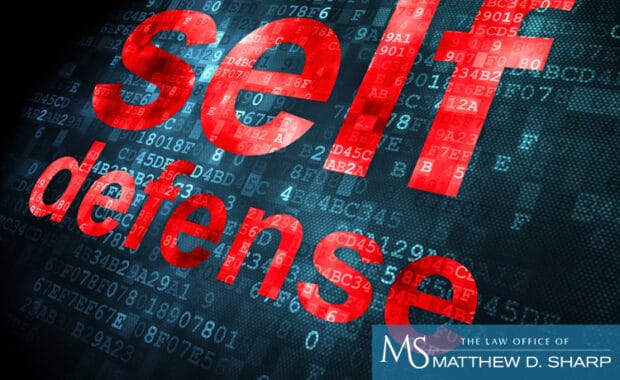A “plain view” search occurs when a police officer can easily observe evidence of a potential crime inside a motor vehicle during the course of a traffic stop. Depending upon the circumstances of the traffic stop, the officer may seize the evidence and arrest the driver. However, plain view motor vehicle searches are a contentious and complex legal issue. In order for the seized evidence to be legally admissible in court, the search must meet certain criteria.
Necessary Preconditions for a Plain View Search
A plain view search can only occur during a “lawful” traffic stop. In this instance, “lawful” means that the search must be performed by a police officer who probable cause to suspect that a driver has committed a crime or reasonable suspicion that the automobile contains evidence that could link its driver or passengers to a crime. These conditions are related, but distinct.
Probable cause arises when a law enforcement officer sees the driver of a vehicle engaging in criminal behavior. For instance, an officer who observes a vehicle swerving on a street may have probable cause to suspect that its driver is intoxicated. An officer may then pull over the driver for further investigation.
A cop may develop reasonable suspicion that a driver has committed a crime based on information that he ascertains during a traffic stop. For example, an officer might reasonably believe that an agitated or belligerent driver has access to a weapon or otherwise poses a physical threat.
Potential Justifications of Vehicle Searches
A motor vehicle search usually occurs without a warrant since it typically happens at the scene of a suspected crime or shortly after its commission. An officer who has reasonable suspicion that a driver poses a physical threat may search the vehicle on an emergency or exigent basis to prevent immediate harm.
Otherwise, there has to be a reason for a law enforcement officer to believe that a suspect is liable to flee or destroy crucial evidence that proves his guilt. There must be significant probable cause or reasonable suspicion for a plain view search to be legal. If a judge deems that such a claim is insufficient, he may declare that the search was unlawful and jeopardize the criminal case against the involved driver.
Rules About Using Evidence Obtained During Plain View Searches
A police officer is allowed to visually search the interior of a vehicle during a traffic stop if he has a valid reason to pull over a driver. Any contraband or incriminating materials that are discovered during this plain view search may be seized. If there is sufficient evidence to link a driver to a crime, he may be arrested right then and there.
Courts will generally admit evidence that is discovered during a plain view search. A cop who investigates a vehicle may use a flashlight to aid in his activities. He may also view the interior from different angles without needing to physically enter the car.
If you are interested in learning more about lawful traffic stops, probable cause or the rules that govern plain view searches, The Law Office of Matthew D. Sharp can answer all your questions.




